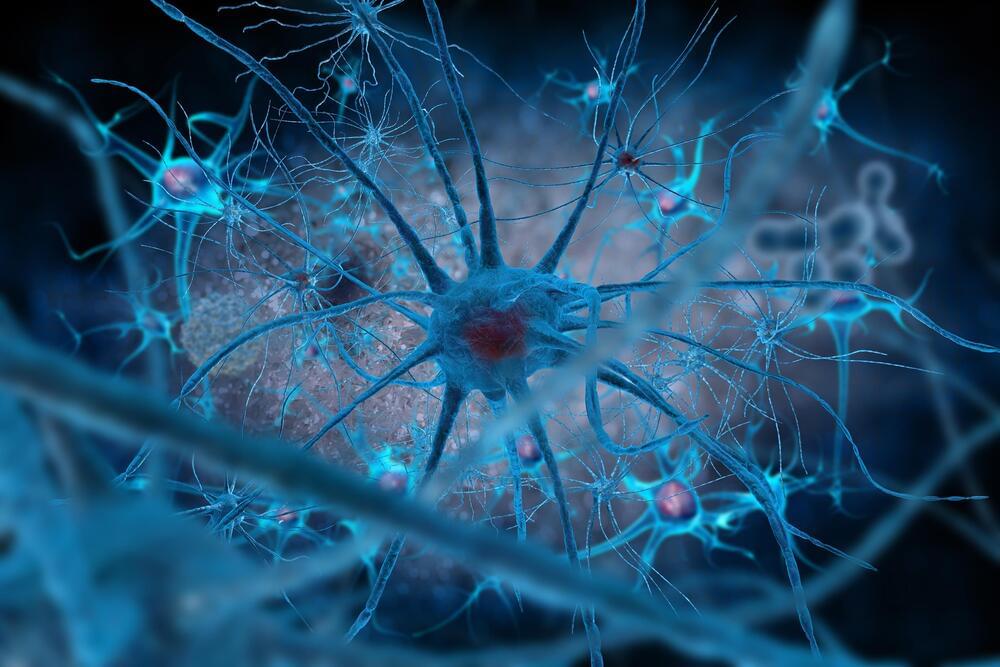A receptor that was first identified as necessary for insulin action, that also is located on the neural stem cells found deep in the brains of mice, is pivotal for brain stem cell longevity, according to a Rutgers study, a finding that has important implications for brain health and future therapies for brain disorders.
The study 0, appearing in the journal Stem Cell Reports, pinpoints a specific protein known as the insulin receptor (INSR), which is abundant on the neural stem cells that reside in the brain’s subventricular zone. During development, neural stem cells give rise to the entire nervous system, and they persist into adulthood. Over the lifespan these neural stem cells produce new neurons and non-neuronal cells that maintain the infrastructure and functioning of the brain.
Separately, the scientists made another finding when examining brain tumors: INSR plays a crucial role in sustaining and maintaining a population of specialized brain cancer cells known as glioblastoma (GBM) stem cells. When they inactivated the INSR in the GBM stem cells they inhibited the growth of those primitive tumor forming cells.










Comments are closed.